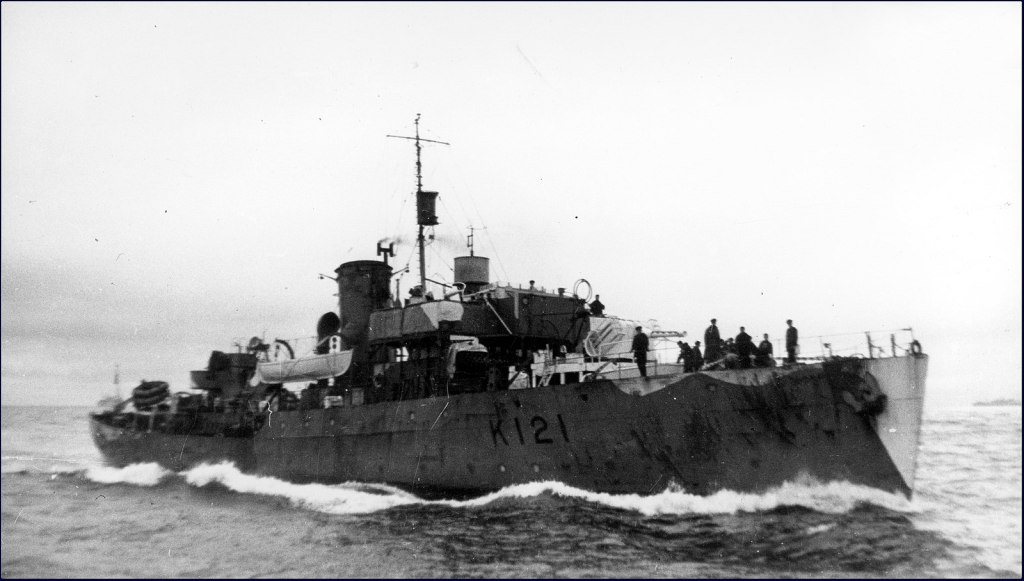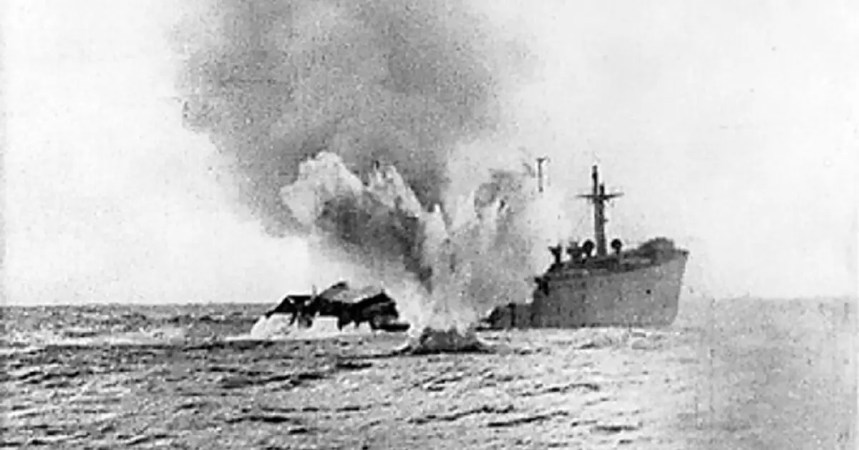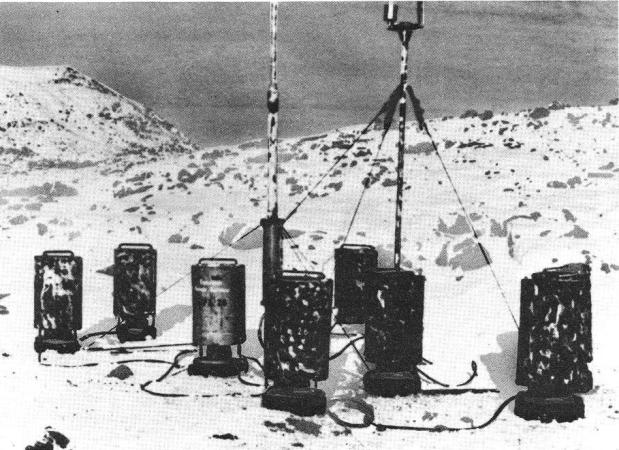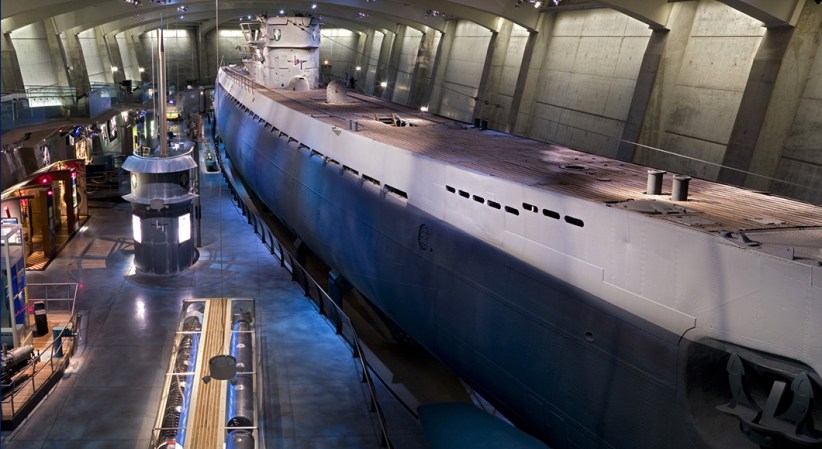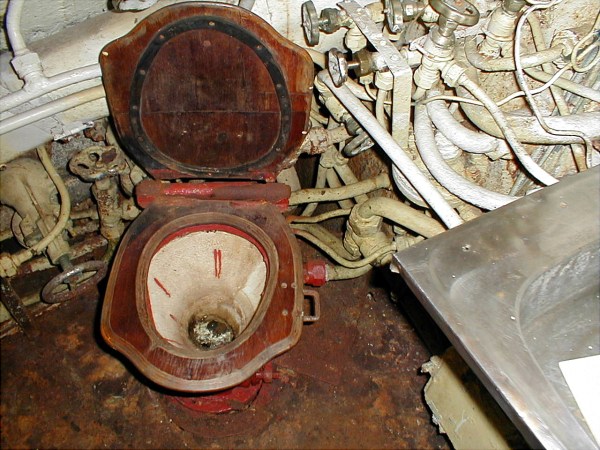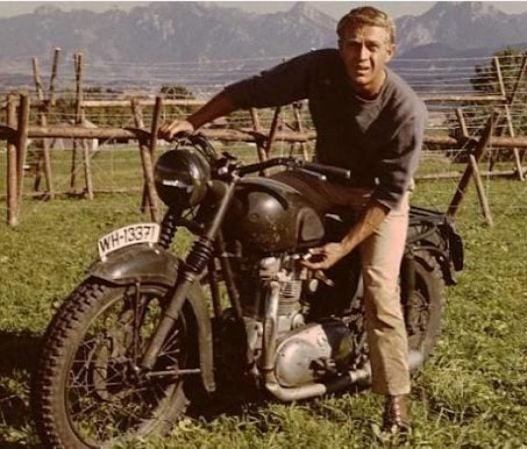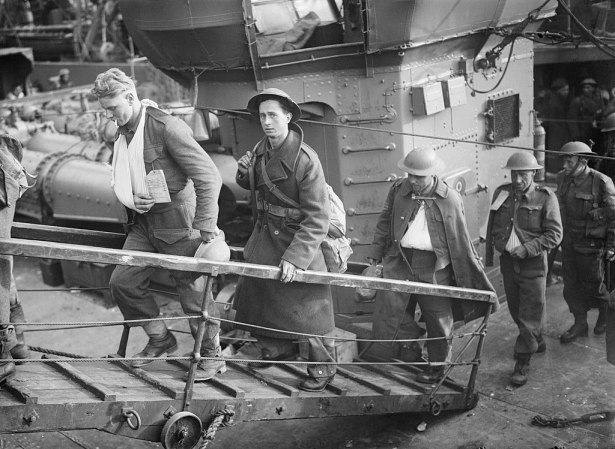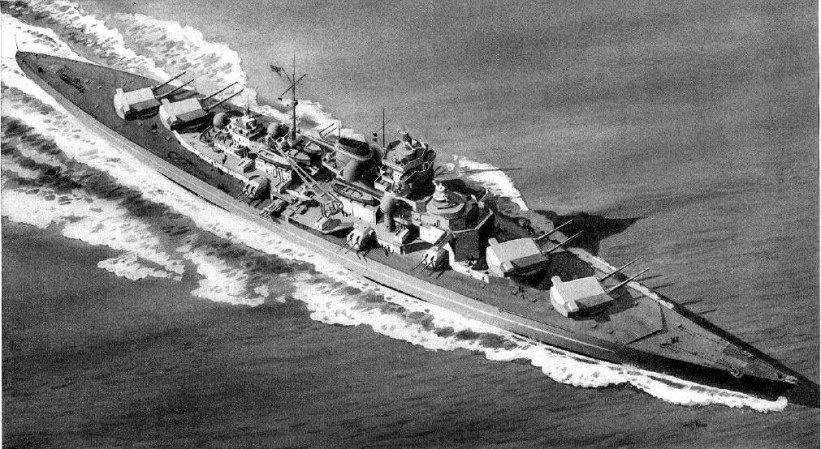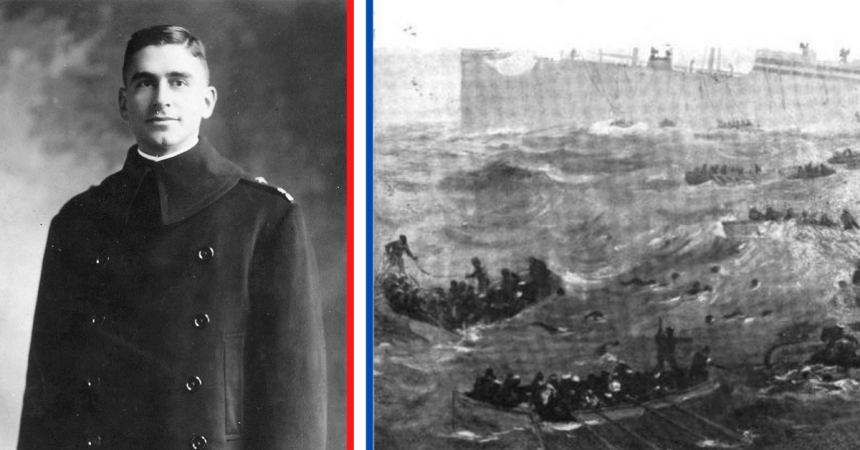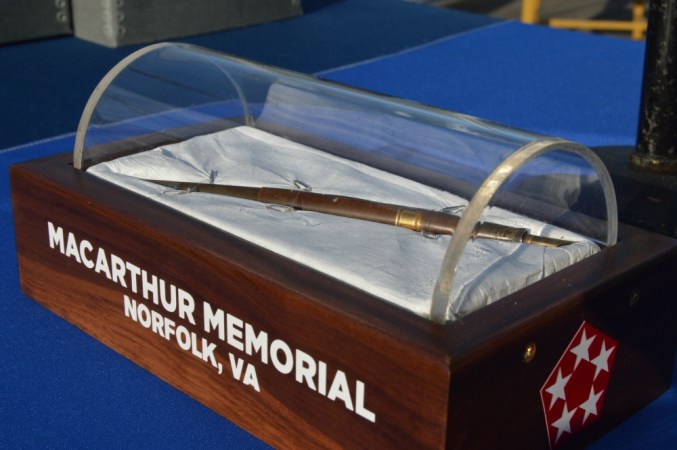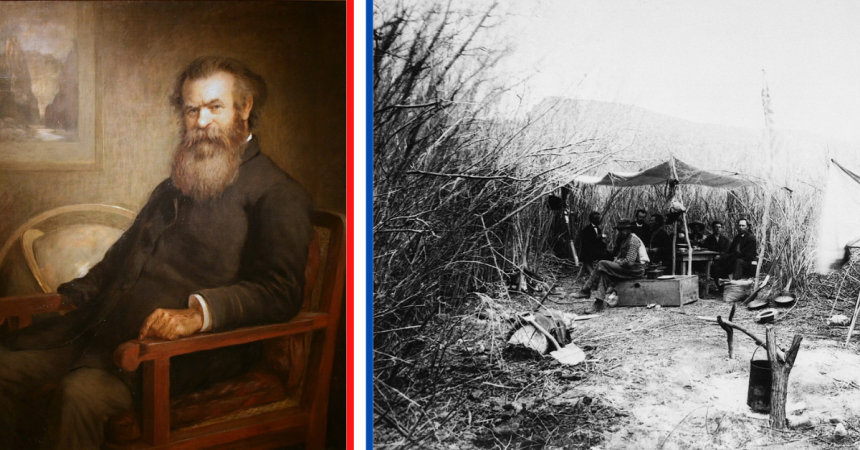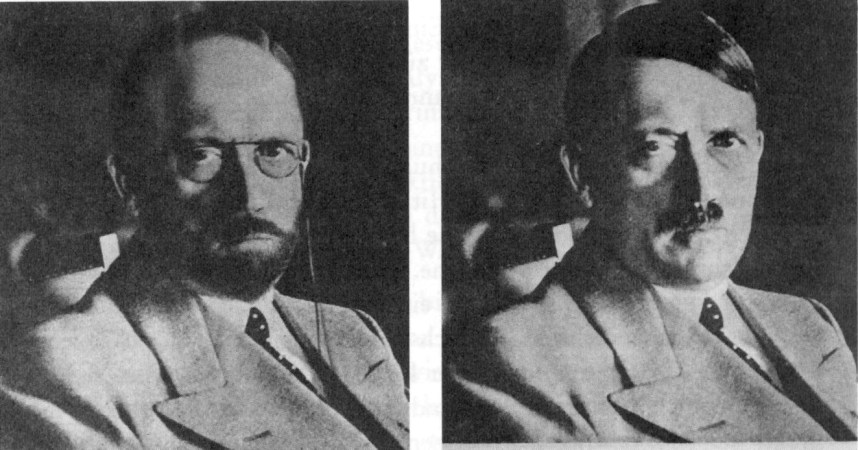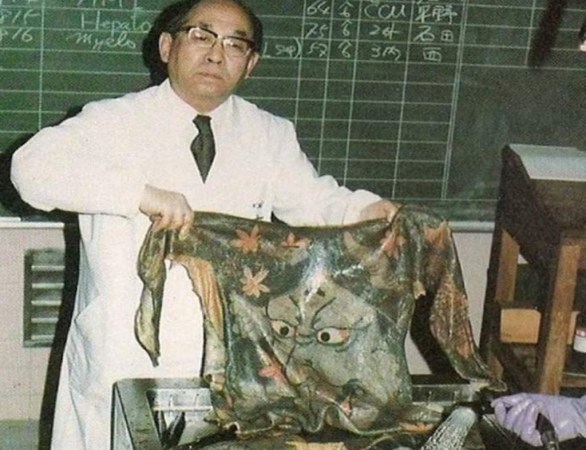Some of the German navy’s best submarine commanders faced capture and imprisonment in the Battle of the Atlantic. And in September 1943, the Kriegsmarine attempted to steal four of their best officers back from Canada in the bold Operation Kiebitz.
But there are reasons you haven’t seen the fun and famous Summer movie about Nazis escaping a Canadian prison camp. First, because they were Nazis, and screw Nazis. Second, because the plan went horribly and Canada almost captured their getaway submarine. Oh, yeah, there was a getaway submarine.
The U-boat officers are captured
The German U-boat officers all fought in the Atlantic in World War II before their capture by the Allies. But the leader of the group was a U-boat legend.
U-boat Captain Otto Kretschmer earned the title “The Tonnage King” for sinking an insane 40 ships and 270,000 tons of shipping in just 18 months. He coined the motto “one torpedo, one ship,” defying Kriegsmarine directives to fire torpedoes in salvos. But Otto managed 40 ships without firing salvos, so maybe the German navy can suck it? In March 1941, he sank five boats in an hour but got slammed by depth charges and forced to surface. He and his crew were captured.
Kretschmer earned a one-way ticket to a prisoner-of-war camp in Canada. But he quickly made contact with another POW who was a former member of Admiral Karl Donitz’s staff. They sent coded messages through Red Cross letters to their families, and those messages were transferred to the Kriegsmarine.
The plan was relatively simple but hard to pull off. The men decided to dig tunnels with their fellow prisoners, make their way east over days or weeks to the coast, and then board a waiting U-boat. Oh, and Kretschmer decided they must dig three tunnels in case Canadians found one or two. This became known as Operation Kiebitz.
Operation Kiebitz immediately goes awry
The problems for the Germans were legion. They involved way too many people, with 150 prisoners working on three tunnels. (Note: The final step of the escape was getting on a U-boat, so there was never any chance that more than 4-10 prisoners could escape this way.) They didn’t dig deep enough, either. But most importantly, the Canadians discovered the coded messages immediately.
The Germans used hidden Morse Code in letters out of the camp, but Canadian forces and police reading prisoner communications caught it. But when they put together the full message and plan, the Canadians decided to let it ride.
The chance to capture a German submarine was simply too enticing. If they let the prisoners escape, then captured them as they left the camp, then they could fill the newspapers with reports of the escape, list everyone involved as re-captured except the four prisoners Germany really wanted back, and then lie in wait for the German submarine to try and retrieve them. This response to Operation Kiebitz became Operation Pointe Maisonnette.
But Canada had to work hard to not catch the Germans. Canada found, but kept secret, escape materials and maps hidden in novels and canned goods sent to the prisoners. The Germans stashed the dirt from their digging in a ceiling which later collapsed, and the Canadians had to pretend they didn’t know what was happening. Oh, and they dug just 16 feet underground, leading to a cave-in of a tunnel when another prisoner walked over it.
Ultimately, Canada had to admit they knew what was going on and arrested most of the prisoners involved. But they allowed one prisoner to escape, Wolfgang Heyda. Heyda was not one of the four planned escapees.

Canada’s backup plan
It was clear that Operation Pointe Maisonnette had to change. So the Royal Canadian Navy set up an anti-submarine convoy near the pickup point and let Heyda get to within one kilometer of there. Then, police arrested him and took him to the mission commander who greeted him by name.
Meanwhile, Canadian sailors attempted to signal the waiting submarine, U-536, for pickup. They were specially picked for their ability to speak Germany and to fight the German submariners during a capture attempt. Unfortunately, the commander of the U-boat, Kapitänleutnant Rolf Schauenburg, was suspicious. He noted no civilian shipping traffic, even though it should have been busy.
Schauenburg saw the signal light, but his crew could hear the noise of the submarine task force’s screws in the water. He decided it was a setup and ordered a crash dive, instead. The anti-submarine task force, 10 ships led by the HMCS Rimouski, swooped in.
A game of cat and mouse ensued. The Canadian ships deployed depth charges and tried to force U-536 to surface. But Schauenburg moved slowly and carefully back out to sea, avoiding his pursuers.
Neither Canada nor Germany got what they wanted. But the British and Royal navies did find and kill U-536 about six weeks later, so that was cool. Kretschmer survived the war and later joined the West German navy, eventually receiving training in the United States.


